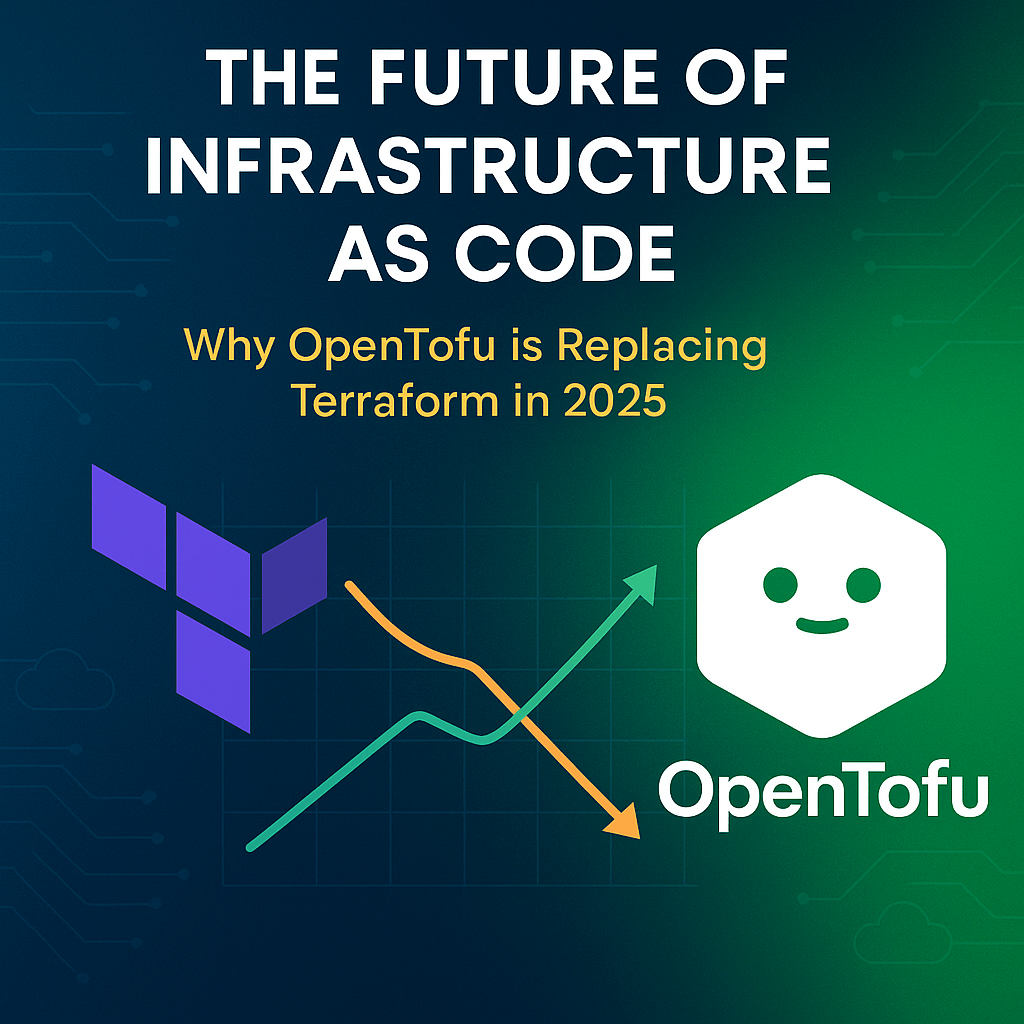In the rapidly evolving landscape of DevOps, the tools we use for infrastructure as code (IaC) are crucial for efficient and effective operations. As we look towards 2025, a significant shift is occurring: OpenTofu is emerging as the preferred choice over Terraform. This blog explores the reasons behind this transition, the implications for teams, and what the future holds for infrastructure management.
The Rise and Fall of Terraform
Terraform, developed by HashiCorp, has long been a staple in the DevOps toolkit. However, recent changes in licensing and operational challenges have led many organizations to reconsider their reliance on this tool.
Key Factors Contributing to Terraform’s Decline
1. License Changes:
In mid-2025, HashiCorp introduced a controversial licensing model that restricted access to essential features. This shift caught many teams off guard, leading to unexpected costs and operational hurdles.
2. Operational Challenges:
The removal of Terraform from AWS CodeCatalyst blueprints highlighted a lack of support for the tool in modern CI/CD pipelines. Teams faced significant blockers during deployments, prompting a search for alternatives.
3. Cost Implications:
Organizations reported substantial expenses due to the new licensing model, with some facing costs upwards of $50,000. This financial burden has driven teams to seek more cost-effective solutions.
OpenTofu: The New Contender
As Terraform’s popularity wanes, OpenTofu is stepping into the spotlight as a robust alternative.
Why OpenTofu?
1. Community-Driven:
OpenTofu is an open-source project that emphasizes community collaboration. This model fosters innovation and ensures that the tool evolves in response to user needs.
2. Seamless Migration:
Many teams have successfully migrated their infrastructure from Terraform to OpenTofu in record time. For instance, one organization transitioned 97% of their infrastructure within just 48 hours, demonstrating the tool’s ease of use.
3. Growing Support from Major Cloud Providers:
OpenTofu is gaining traction among major cloud providers, including AWS. Its inclusion in AWS CloudFormation documentation signals a commitment to supporting this emerging tool.
The Future of Infrastructure Management
As we move further into 2025, the shift from Terraform to OpenTofu represents a broader trend in the DevOps community. Teams are prioritizing flexibility, cost-effectiveness, and community support in their choice of infrastructure management tools.
Conclusion
The landscape of infrastructure management is changing, and organizations must adapt to stay competitive. As Terraform’s dominance fades, OpenTofu is poised to take its place as a leading tool for infrastructure as code. By embracing this shift, teams can ensure they are equipped with the best tools to meet their operational needs in 2025 and beyond.
Stay tuned for more insights on the evolving world of DevOps and infrastructure management!


Leave a Reply